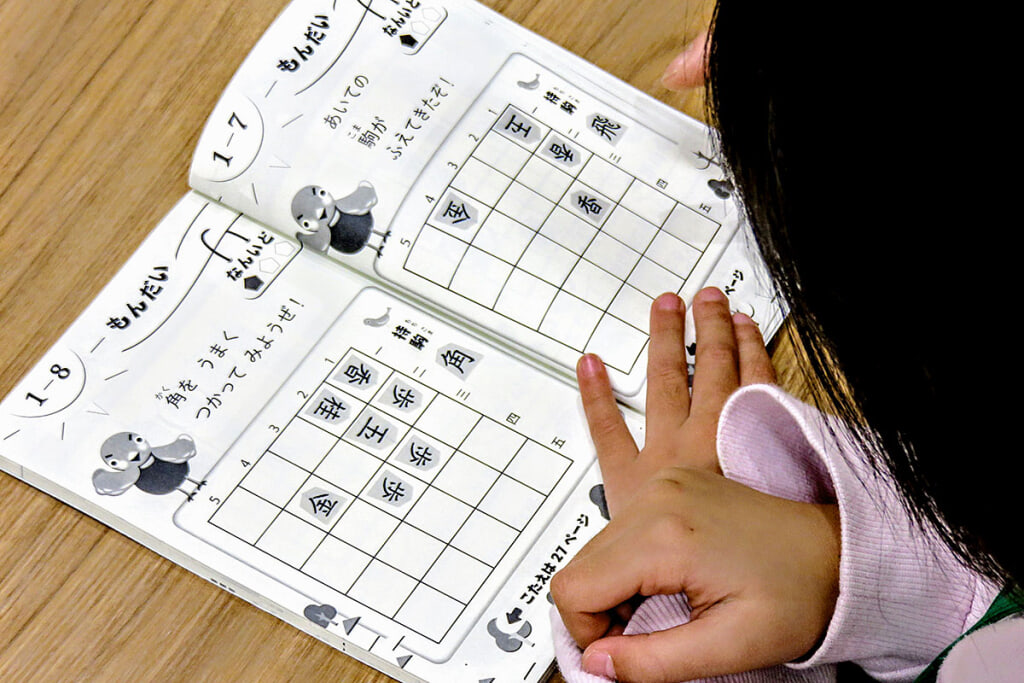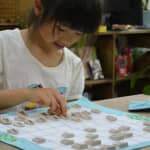Shogi 6 April 2020
Get Better Quickly! Effective Study Methods for Shogi Beginners #2 Mate Problems
Hi,
I am Takashi Araki, a Shogi instructor for i-tsu-tsu Shogi classes in Motomachi, Kobe.
Since this newsletter features “Mate Problems”, I will talk about things only related to mate problems.
I’m going to give you some helpful tips to solve mate problems.
Ways of thinking to solve mate problems!
Writer: Takashi Araki, a former member of Shorei-kai, who has a third dank rank.

1. Eliminate Escapeways for Gyoku (King)
Before discussing the tips to solve mate problems, I would like to review what rules mate problems have.
Besides the rules used during standard Shogi games, there is another one which is you have to keep checking when you take an attacking side. There are more unique rules to mate problems but in this article, I won’t deal with them.
I’ve often observed some instructors saying the same thing to Shogi beginners, which let’s find the situation to solve a mate problem, in which you can check. The advice isn’t wrong but to be honest I think the advice is not good enough to solve a mate problem effectively. The reason for that is that when Shogi beginners hear the advice, they are likely to focus on finding the situation with no particular aim in which they can check.
Checkmating is the situation where Gyoku (King) has lost all escape ways. So, I think it’s a better idea to let children focus on eliminating escape ways for Gyoku (King), but on checking.
During an actual game, children often let Gyoku (King) escape from the situation, while they keep attacking and checking. Meanwhile, when you focus on eliminating escape ways for Gyoku (King), you are aware of keeping Gyoku (King) from escaping.
I would recommend finding where your opponent can escape from instead of finding the situations of checking.
2. Learn Techniques Specific to Mate Problems
Have you hard the Japanese word, Tesuji, which is a Shogi terminology and means techniques?
Tesuji refers to moves which offer a greater benefit than that by the other moves. There are several Tesuji such as Tarefu , or dangling Fu (Pawn), and Keitou no Gin, or Gin (Silver) at the head of Kei (Knight).
Mate problems have Tesuji as normal Shogi games do. There are some special game plans to tell you which Tesuji you should use in a certain situation. The more game plans you know, the bigger chance to win you have.
You will have plenty of opportunities to learn Tesuji for mate problems; when you try to solve problems, when you check answers, and when you got to be checkmated during a normal game.
If you feel the mate problems you are working on too difficult for you, you may stop doing them and learn Tesuji. After getting enough knowledge of Tesuji, you will be prepared well for mate problems.
3. Have an Image of Tsume-Agari
Tusme-Agari is the situation in which you have finally mated Gyoku (King).
You might have difficulty in approaching some mate problems with no clue of where to start.
In that case, it’s a good idea to think things backward. In another word, have an image in which you are mating Gyoku (King).
Let’s say, you are now working on a mate problem in five moves. Try to think not from the first move but from the fifth move. First, imagine the situation you are mating and think about how to move pieces aiming at the situation.
Incidentally, what if you are expected to paint a picture? I assume most of you will have a blueprint of your completion beforehand. I would like to apply the same logic to solving mate problems.
In order to have an image of Tusme-Agari, it is important to understand checkmate patterns, which you learned in the previous newsletter.
Ample knowledge of a lot of checkmate petters will give you more choices for attacking and you can easily imagine the checkmating situation.
If the above two methods, “Eliminate Escapeways for Gyoku (King)” and “Learn Techniques Specific to Mate Problems”, doesn’t work for you, try to have an image of Tsume-Agari.



